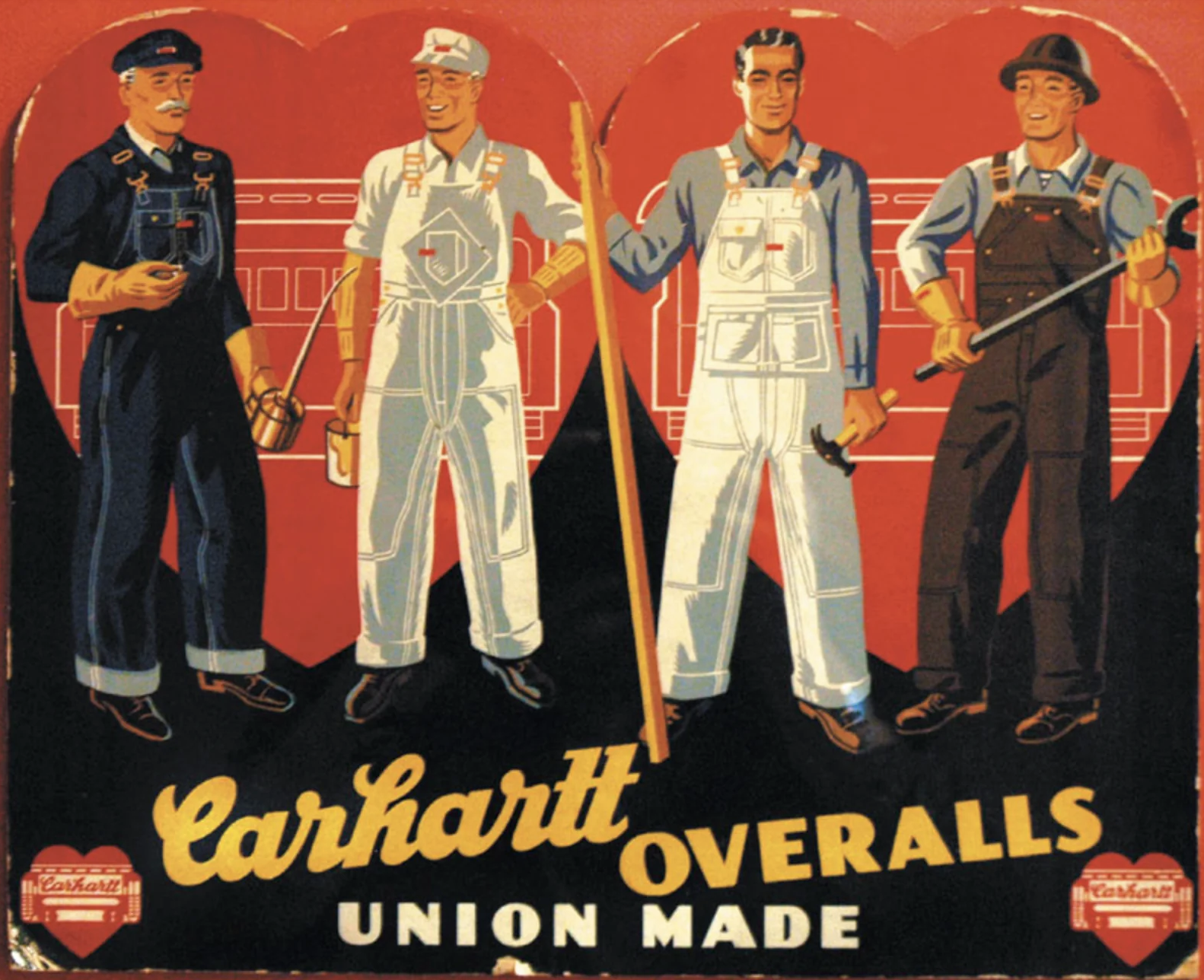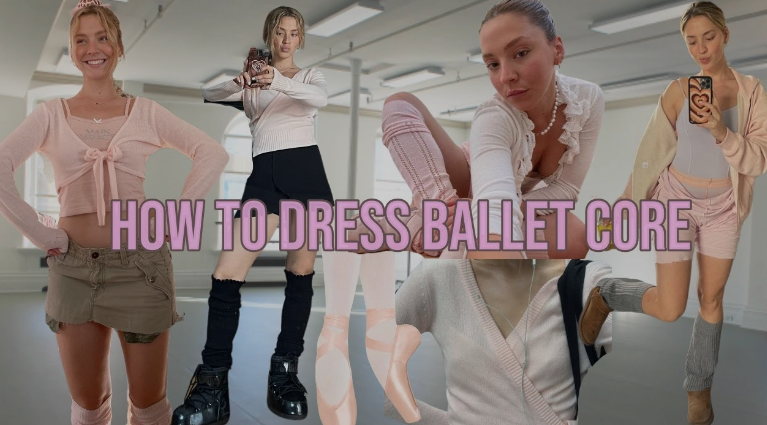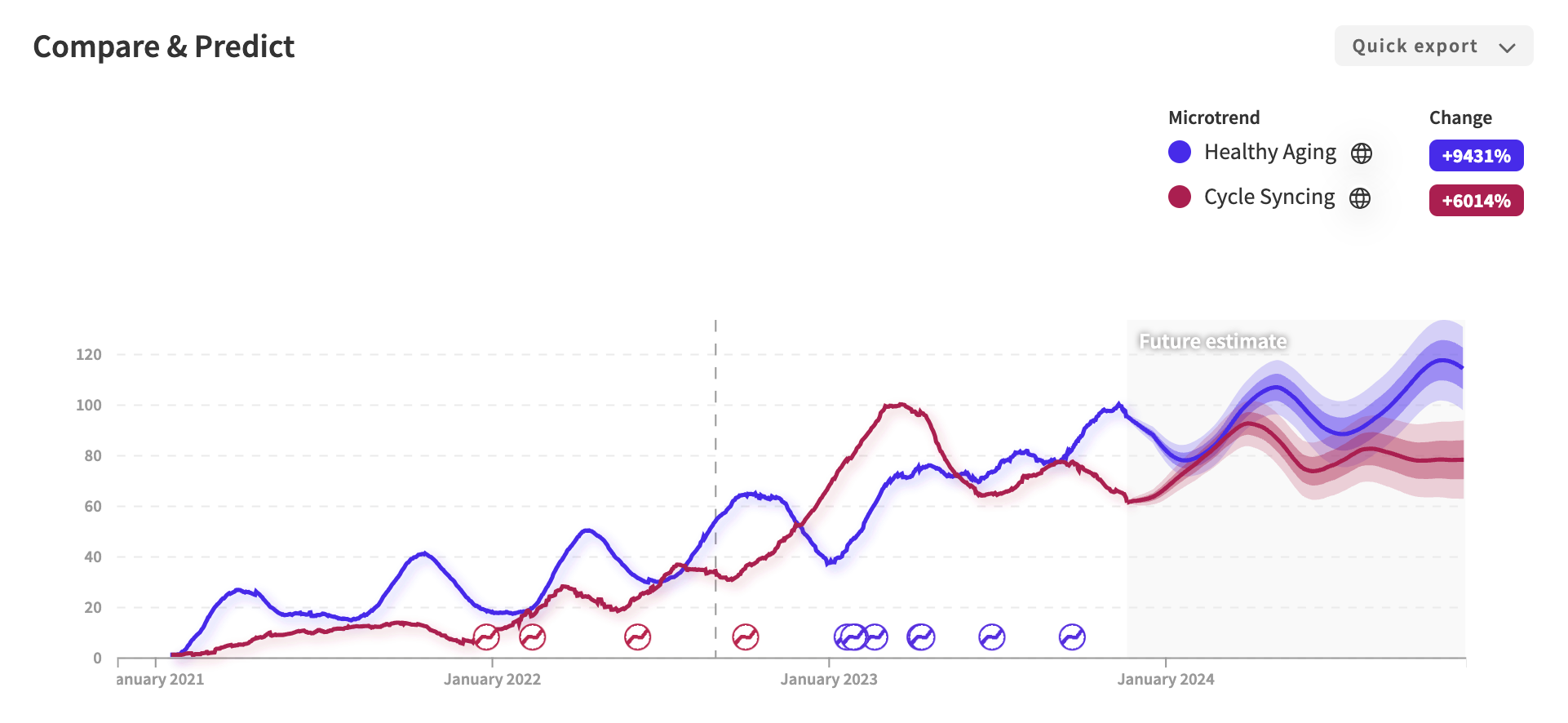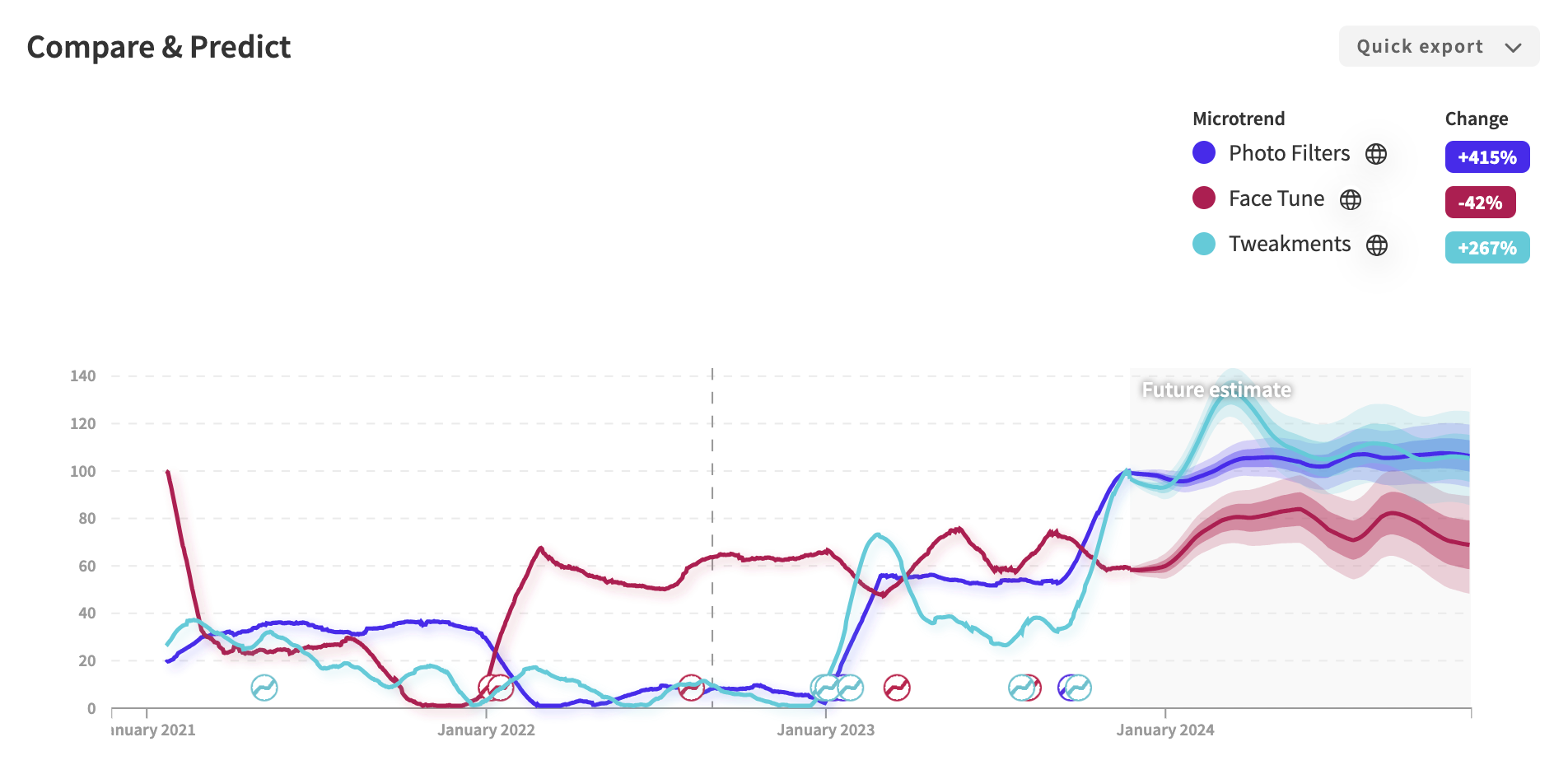Hello Forecasters,
Welcome back to the Inflection Point.
This week, we’re offering insights into the world of trend forecasting.
We’ll explain:
- What constitutes a meaningful cultural shift?
- What trends we're keeping a close eye on and why?
- How can you distinguish a long-standing trend from a fleeting social media fad?
Let's dive in.
Trends have lost all meaning.
Or at least that's how Reddit's Head of Global Foresight sees it.
In his widely circulated Fast Company article, Matt Klein defines a trend as:
- collective thought
- behaviors
- attitudes
- values
'Trends,' he posits, should indicate a "meaningful social change." Not just another "core" rooted in aesthetics.
Take 'mermaid core,' for example.

We can call out the colors and dress styles, but I doubt you know anyone in a mermaid club. People aren't seeking out nautical bars to congregate and celebrate their admiration for life under the sea. No one advocates for a mermaid's (or merman's) right to vote.
Ok, maybe the people at the annual Coney Island mermaid parade, but certainly not the celebrities on the red carpet.
Here's another example.
Walk down any busy street in NYC, and you'll see someone in a Carhartt beanie or jacket. Most have never stepped foot on an assembly line or construction site.
They might not even know that Carhartt is a 'workwear' brand, initially designed for factory workers in 1889 Detroit.

Ballet core girlies? Maybe they took a class when they were five?... once?

I remember all the punk kids hanging out on Saint Mark's Place in the early 90s. The mohawk hairstyle trend was the symbol of non-conformity – A counter-culture response to the glitzy uptown disco people. It was tied to a lifestyle, attitude, music genre, venues, and slang.

Point being that people aren't actually participating in the things we're calling trends anymore.
Ergo, "trends have lost all meaning"
So, what's a brand to do?
How do you avoid investing in a trend that will fade before you even develop a product or run a campaign?
How can you identify foundational, long-standing trends? Better yet, how can you prove their weight with data?
These are the questions we're tackling at NWO.ai.
Is AI better than humans at predicting trends? Not quite.
Here's why:
AI can’t come up with ‘trends’ because it doesn’t have the intuition to connect the dots.
AI's role:
- ranking
- discovery
- inspiration
- prioritization
- harnessing large-scale unstructured data sets
Humans role:
- sense-making
- big-picture thinking
- defining large, complex social shifts
For example:
If you were to tell ChatGPT:
You're an award-winning trend forecaster. Explain to me what these topics have in common:
- Debt
- Loneliness
- Abortion Laws
- Climate Change
- Israeli-Palestinian Conflict
- Declining Population Growth in Developed Countries
It would spit out responses like:
- these are global issues
- these span ethics and economics
But it wouldn't offer the insight: these forces result in chronic uncertainty.
Even if it did, what actionable insight can you glean from that?
It takes a human to say,
"Hey, if people are uncertain, they're most likely looking for the comfort of someone saying, "I know what comes next!"
Unsurprisingly, trend reports from consulting agencies have tripled since 2016.
It takes a human to correlate societal uncertainty with feelings of fear and anxiety. To understand that people may be struggling with the contrast between the complexities of today and the simpler times of our youth.
If it's natural to reminisce about the memories of better times – then this is how chronic uncertainty led to the actual cultural trend of nostalgia.
AI gives us the opportunity to validate our human hypotheses.
By nature, we're biased. Couple that with agency brand interests, and you get 'trend forecasts' backed by assumptions and affiliations.
At NWO.ai, we give our clients certainty by backing their assumptions and industry expertise with AI-driven data, lots and lots of data.
So, what are two true trends we're investing our time in?
'Healthy Aging' & 'Cycle Syncing'

Why?
'healthy aging' encompasses a wide range of lifestyle areas:
- 'Tweakments' and the rise of Medical Aesthetics
- The prejuvenation movement
- At-home beauty devices
- Supplements
- Medspas
'cycle syncing' touches on topics like:
- menstrual products
- fertility treatments
- hormones
- exercise
- diet
Each macro-category breaks down into a myriad of lifestyle choices, attitudes, and values. At NWO.ai, we help our clients unpack topics with:
1) narrative breakdowns
2) supporting microtrends
3) country-specific insights
Using data, we answer questions like:
• How does Gen Z's use of photo filters translate into their 'tweakment' spending?

• What ingredients and treatments are currently being tested in clinical trials?
• What can skincare R&D teams learn from the rise of IVF treatments?
If you're interested in learning the why behind consumer behavior, drop us a line.
We'd love to learn about what you're building.
That's all we've got for now.
Thanks for spending time with us on this week’s Inflection Point.